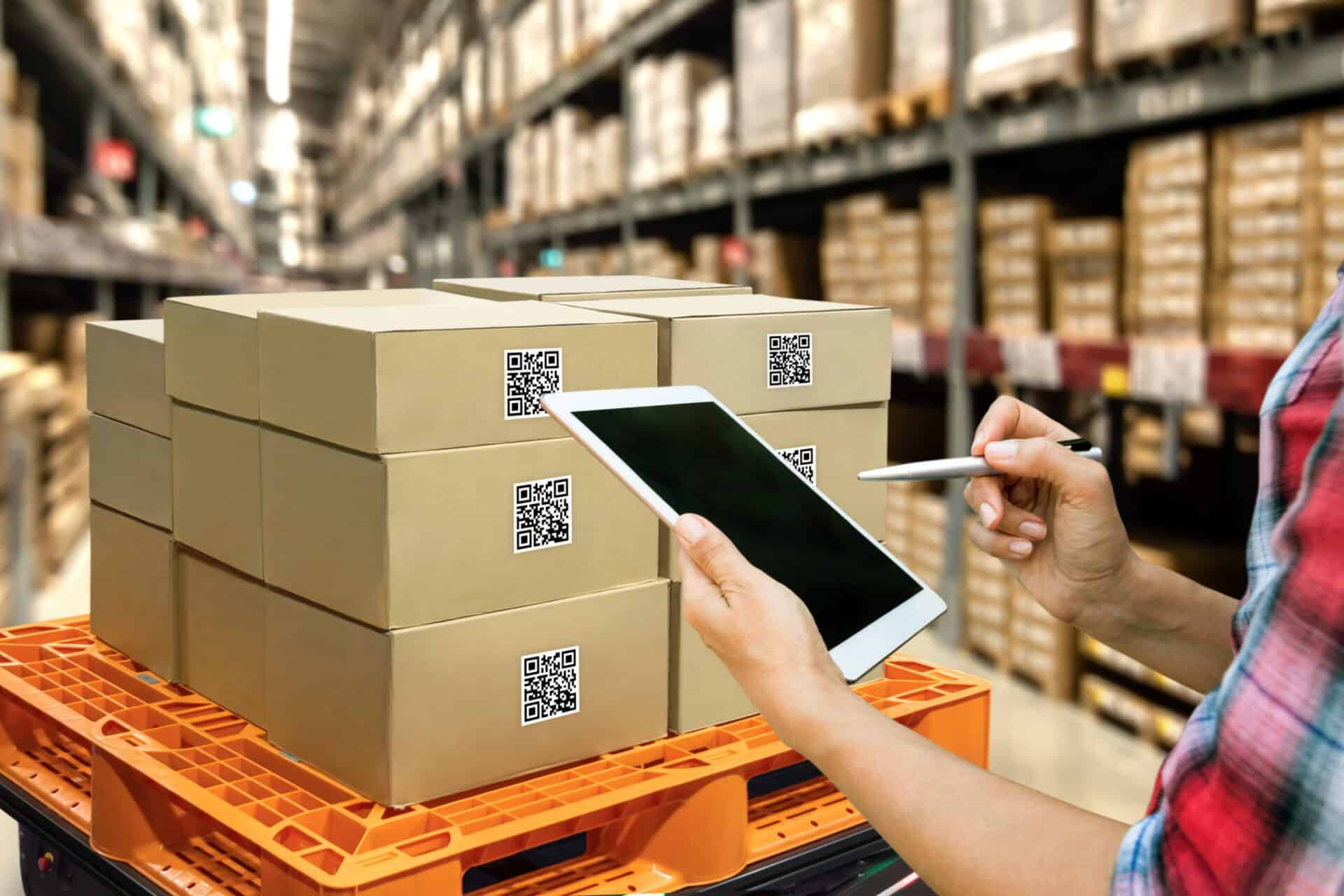Digital transformation has brought many benefits to businesses, such as improved inventory and order management. However, it also increases the risk of cyberattacks and data breaches. To protect your business, deploying security solutions is a good start, but not enough. The vast and complex supply chain makes it difficult to identify potential failure points and eliminate risks.
It’s crucial to view cybersecurity and data protection as a problem that affects the entire supply chain, including people, processes, and awareness. Therefore, preventive and corrective measures should consider risks throughout the entire supply chain.
Secure Your Supply Chain with Effective Governance
Don’t wait for a crisis to address supply chain risks. Make it an integral part of your security policies and activities to ensure clarity and coordination among employees and third-party organizations. To secure your supply chain, consider the following best practices:
- Assign accountability for holding vendors and suppliers to task
- Develop a security checklist for vendor and supplier selection
- Establish a system for evaluating and monitoring suppliers’ cybersecurity practices regularly
- Implement a mechanism for measuring performance and progress
Comply with Regulations
Compliance with various regulations is crucial to avoid weak links in your supply chain. Organizations in the defense industrial base, for instance, must comply with the Cybersecurity Maturity Model Certification (CMMC). Other industries and areas of focus have different regulations, such as GDPR, HIPAA, and PCI DSS.
To maintain compliance, organizations must undergo detailed assessments, produce reports and documentation, and implement best practices. By making compliance mandatory for vendors, you can ensure that your organization meets all the requirements. Regular updates to these regulations require staying current with industry standards.
Implement Layered Security Solutions
With multiple third-party vendors, predicting threats can be challenging. This is why a comprehensive and layered security approach is necessary. This approach protects each layer of your IT infrastructure with different solutions or methods, providing backup in case one solution fails.
However, this approach is only as effective as the employees who maintain it. Regular training and testing of employees is necessary to ensure they can identify potential threats and respond appropriately.
Adopt International IT and Data Security Standards
With interconnected supply chains, vast amounts of data, including sensitive customer information, are exchanged. This requires secure storage and regulated access to the data. Adopting and enforcing international IT and data security standards such as GDPR and HIPAA can ensure organizations keep track of sensitive data, have adequate measures in place to secure it, and can produce thorough documentation when required. When selecting a SaaS vendor, look for SOC 2 or ISO27001 compliance to ensure information is secured according to industry standards.
Reach Out for Help
As supply chains become more sophisticated and interconnected, it’s important to secure weak links. If you don’t have the time or resources to do it yourself, consider reaching out to an IT service provider. They can help deploy layered security solutions, maintain compliance with regulations, and secure your data. Contact us for a consultation.


